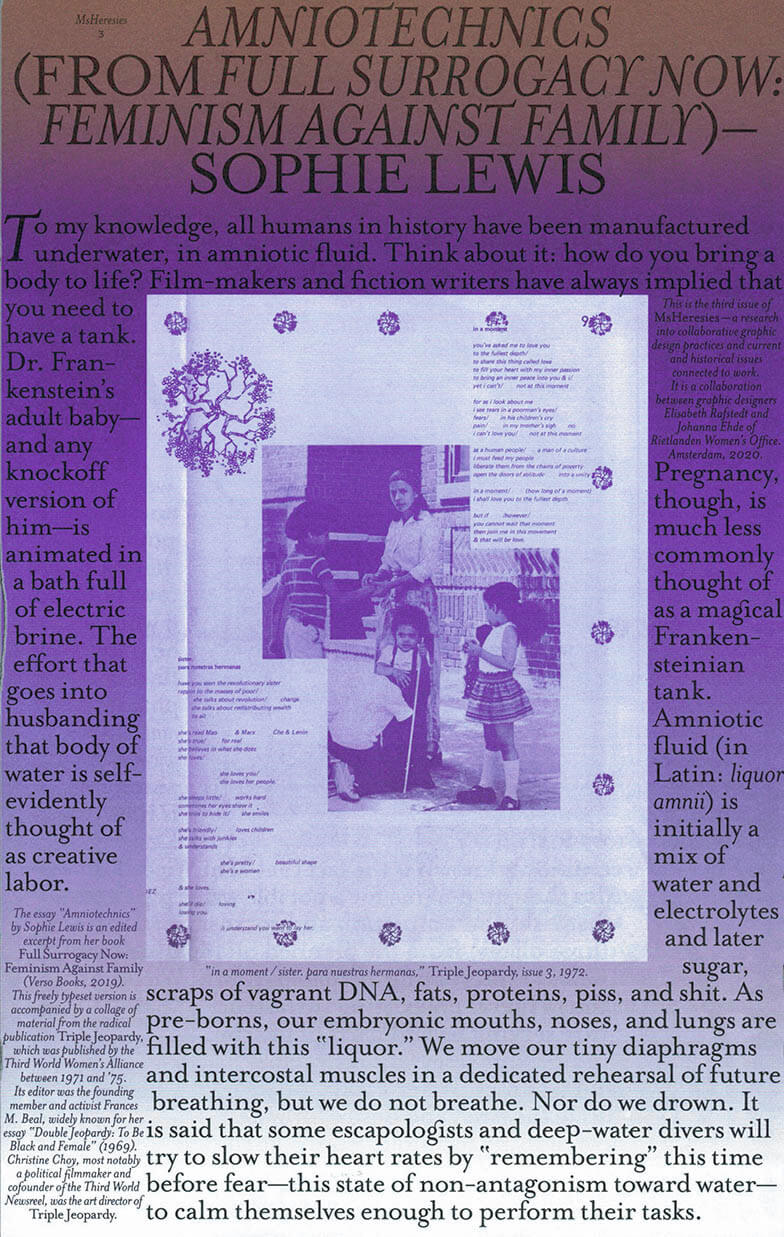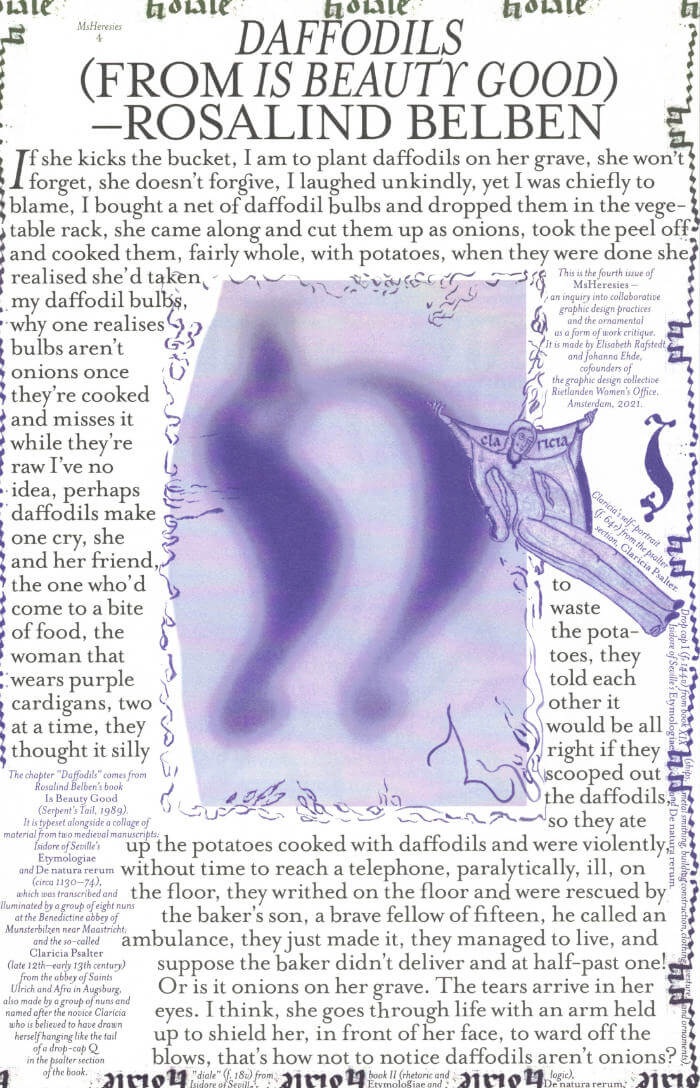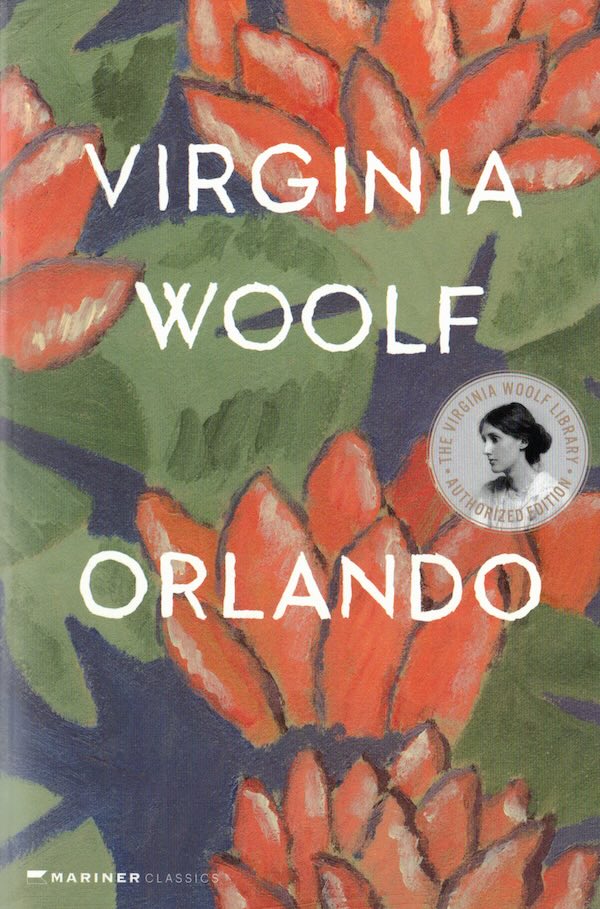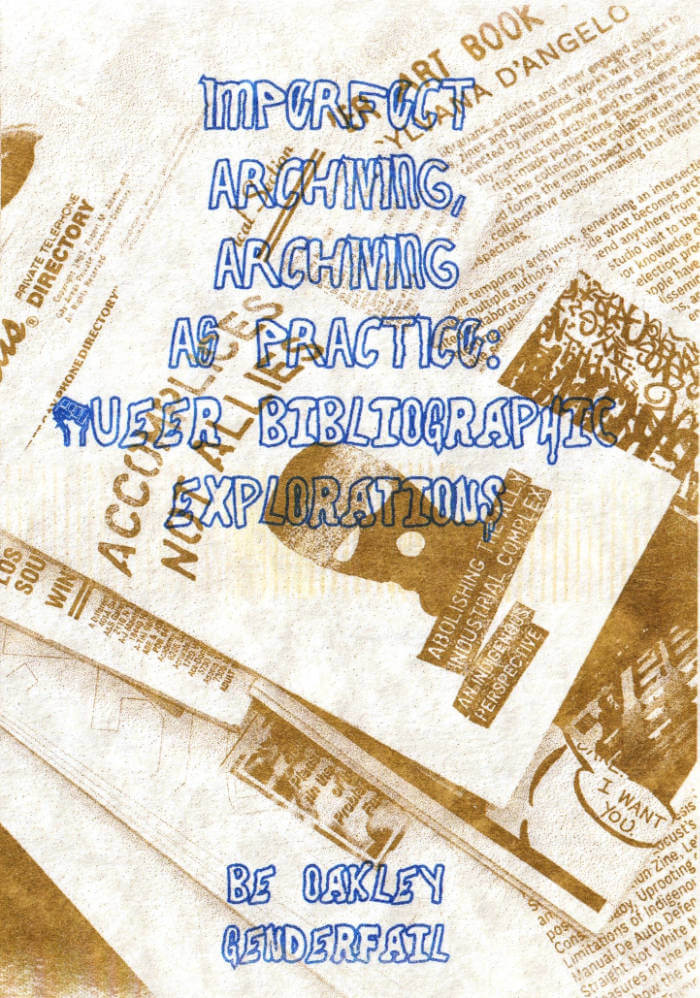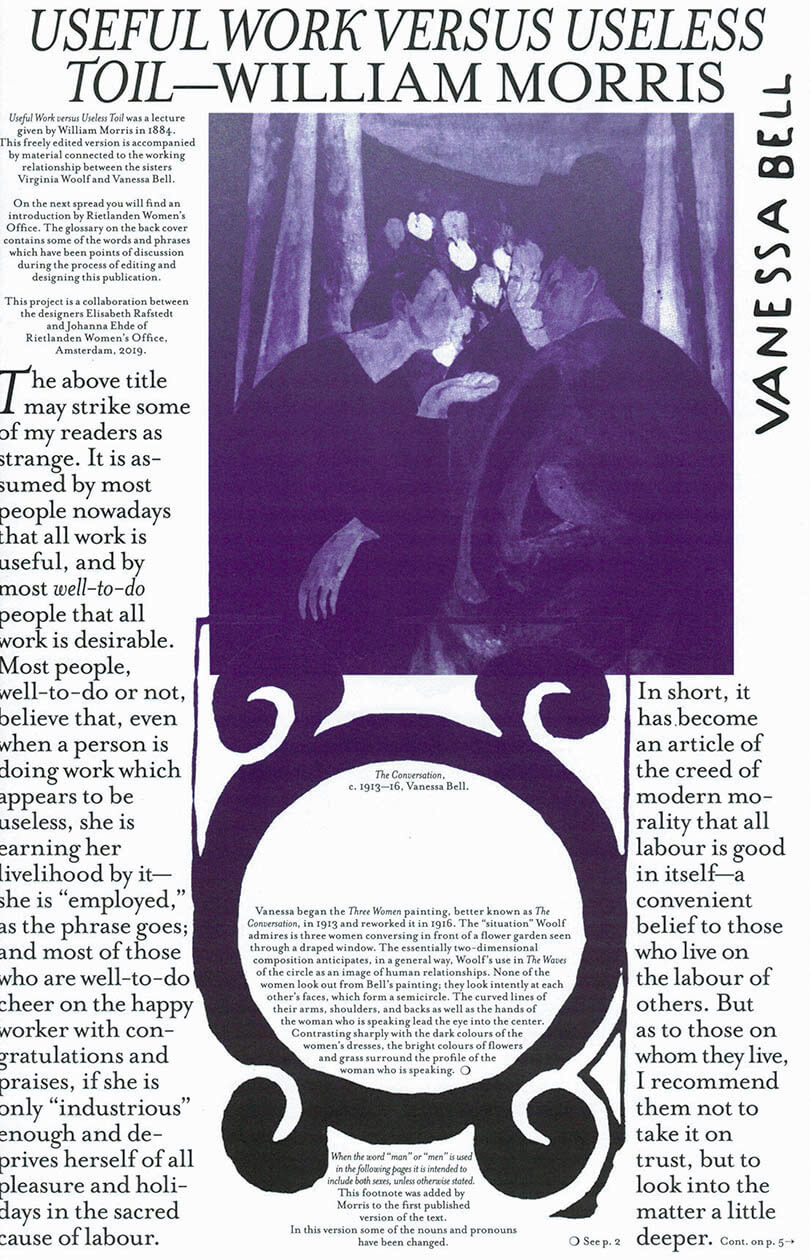
MsHERESIES 2 — USEFUL WORK VERSUS USELESS TOIL
Johanna Ehde, Elisabeth Rafstedt
The second issue of MsHeresies includes collages, paintings, and hommages to the work of sisters Vanessa Bell and Virginia Woolf, whose collaboration defied preconceived ideas of both text/image hierarchies, as well as rivalry at the cost of sisterhood. This visual essay is published alongside William Morris’s lecture Useful Work versus Useless Toil from 1884 which introduces the idea of the ornamental and its relationship to work and rest.
The ornamental can only come about under certain conditions: enough rest, agency, and variation of work. The ornamental is never an outcome or product of these conditions; but something intrinsically intertwined therein.
Language: English
